Augusta Ada King, known as Ada Lovelace, was a brilliant mathematician, exceptional writer, and one of the world’s earliest computer programmers during the mid-1800s. Primarily recognized for her work on Charles Babbage’s “Analytical Engine”, she was the first to realize the true potential of computers, recognizing that they were capable of more than just calculation. She later developed and published the first algorithm that would give testament to her discovery.
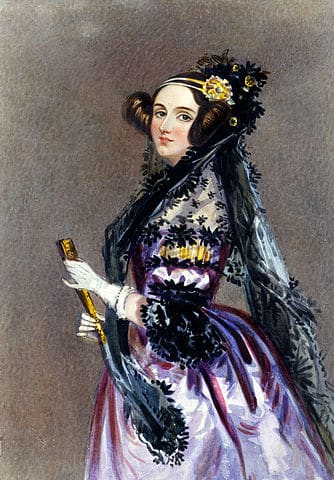
Ada Lovelace was born as Augusta Ada Byron on December 10, 1815, child of famous poet Lord Byron and Anne Isabella Noel Byron, Countess of Lovelace. Ada never really knew her father as both he and her mother, Lady Anne Isabella Noel Byron, separated only weeks after her birth. Lord Byron left England shortly thereafter only to pass away 8 years later in Greece during the Greek War of Independence.
Ada’s passion for mathematics began early, with her mother insisting that she be tutored in math and science. Still having resentment for her deceased ex-husband, Lady Byron believed that pushing Ada in her studies would prevent her from developing the less desirable characteristics of her father which she largely assumed was derangement. Despite her efforts, however, Ada still maintained a keen interest in Lord Byron, even requesting that she be buried next to him upon her death.
Ada and her mother weren’t very close. Her grandmother, Judith Milbanke, was often her caretaker who showered her with love and affection.

Although distant as she was, Lady Byron often portrayed herself as a loving and caring mother to the public eye even going so far as to write letters of false concern for her daughter to Lady Millbanke in order to continue the farce. Her cold detachment from her daughter is seen in one letter where she refers to Ada as an “it”.
As a teenager, Ada was under close scrutiny by her mother’s friends, fearing her possible moral degradation. Ada asserts that these individuals would make up wild accusations and falsehoods about her, making her young adult life even more difficult.
Ada suffered from illness quite frequently growing up. She experienced bouts of painful headaches that affected her vision and even suffered paralysis after an outbreak of the measles. Her constant state of illness left her bedridden for an entire year which may likely have aggravated her condition.
I do not regret the sufferings and peculiarities of my physical constitution. They have taught me, and continue to teach me, that which I think nothing else could have developed. […] They fan into existence a pure, bright, holy, unselfish flame within that sheds cheerfulness and light on many.
Ada Lovelace
Yet despite these challenges, Ada was determined to pursue her passion for mathematics and technology.
At age twelve, she became interested in flying and aerodynamics. This moved her to study the makeup of birds to determine precisely what was needed in order to achieve flight. She even wrote a book titled “Flyology” which outlined her discoveries and methods of doing so. Even at such a very young age, Ada had an eager desire to know how things worked, daring to take steps in directions that no one else had even thought of.
A Fateful Meeting: Charles Babbage
After becoming very close to her tutor, Mary Somerville, Ada was later introduced to Charles Babbage in 1833 at the age of seventeen. Babbage was also a mathematician, inventor, engineer, and philosopher who birthed the idea of digital computers.

It was this fateful meeting with Babbage that would propel Ada to new heights. Immediately the two became friends and thereafter Charles became King’s new mentor.
Ada was infatuated with Charles’ way of thinking and explanation of things. One particular invention of Babbage’s that really captivated her was the Difference Engine, which was designed to execute mathematical calculations. Charles was also making plans for what would be his most famous invention yet, the Analytical Engine. This invention would go on to lay the groundwork for modern day complex computers.
Related: Admiral “Amazing Grace” Hopper, pioneering computer programmer
Upon unveiling his greatest work, Ada was tasked with translating an article of some three pages written on Babbage’s Analytical Engine. Not only did she translate the article, but she also added several pages of additional notes expressing her ideas on the machine.
[The Analytical Engine] might act upon other things besides number, were objects found whose mutual fundamental relations could be expressed by those of the abstract science of operations, and which should be also susceptible of adaptations to the action of the operating notation and mechanism of the engine…Supposing, for instance, that the fundamental relations of pitched sounds in the science of harmony and of musical composition were susceptible of such expression and adaptations, the engine might compose elaborate and scientific pieces of music of any degree of complexity or extent.
Ada Lovelace
Comprehending Babbage’s machine was already difficult enough a task for many mathematical and scientific experts, yet Ada understood it perfectly. She was even able to note the difference between the Analytical Engine and the Difference Engine. Needless to say, her work was pleasantly received at the time. Babbage fondly called her the “Enchantress of Numbers”, praising her analytical mind.
Her notes on Charles’ Analytical Engine essentially laid out the process for developing code which would enable the machine to produce letters, symbols, and numbers. She also came up with a concept known today as “looping” which allows for repeated processes many modern-day programs use.
These and other ideas in the article showed just how ahead of her time she was.
Rightfully so, Ada is often said to be the first computer programmer. Although she had developed an algorithm to Babbage’s Analytical Engine, unfortunately, it was never completed and thus Ada’s program was never tested.
Ada Lovelace in Later Years

Ada eventually married the love of her life, William King, who would become the Earl of Lovelace, with Ada then becoming the Countess of Lovelace.
Together they had three children; Byron, Anne, and Ralph. The family altogether had three homes: a house in Ockham Park, one in Surrey, and another in London. William was quite supportive of Ada’s work and pursuits. The two were very much present in the social scene at the time, befriending high profile individuals like the scientist Michael Faraday and author Charles Dickens.
At the young age of 36, Ada succumbed to death due to uterine cancer in London on November 27, 1852. Per her request, she was buried next to her father in Hucknall, Nottinghamshire.
Ada Lovelace’s Legacy
Despite the breakthroughs that she made during her lifetime, it would be some 100 years later before her contributions would be discovered. She was brought to life again by B.V. Bowden, who took her notes on Babbage’s Analytical Engine and republished them in his book “Faster Than Thought: A Symposium on Digital Computing Machines.” She has thus received numerous praise for her work and in 1980 the U.S. Department of Defense developed a new computer language which was named “Ada” in her honor.
Next, read about Admiral “Amazing Grace” Hopper, pioneering computer programmer, or Mary Anning: Female Fossil Finder!
I would describe myself as someone who is honest, caring, intelligent, hardworking, and ambitious. I work at GSDiamonds blog editor. I am fun loving, down to earth and very much an optimist. I love travelling, sightseeing, listening to rock music, reading all the latest fiction novels.

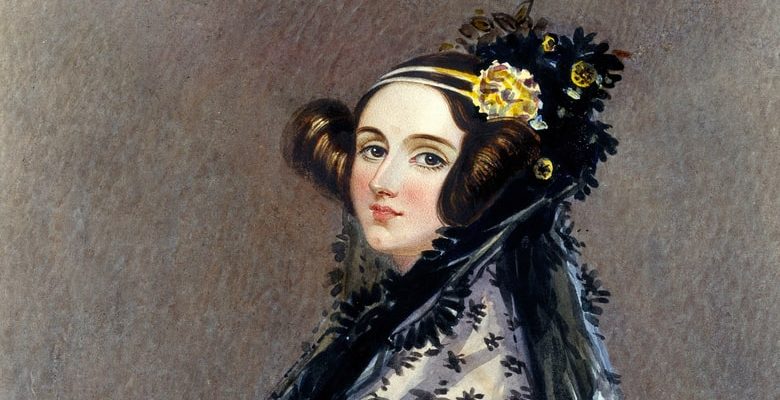
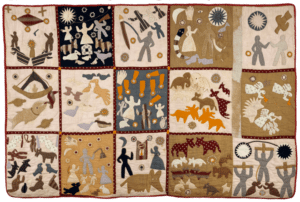
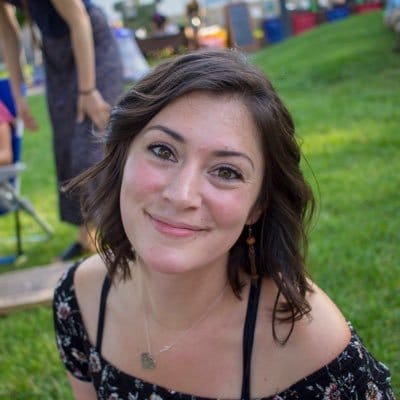
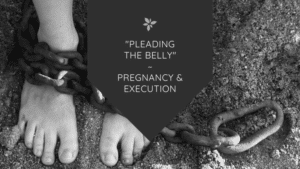
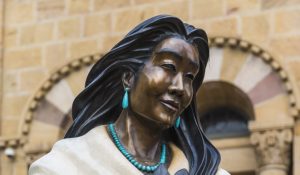

How ironic that this amazing, intelligent woman is not called by her right name here, in a space dedicated to “all the kick-ass women the history books left out”.
Augusta Ada BYRON, only legitimate daughter of Lord Byron the poet, married William KING, seventh Earl of King. He was later made first Earl of Lovelace. In keeping with the custom of the peerage, he signed his name “Lovelace”; everyone at the time understood that this referred to his TITLE. Ada King, Countess of Lovelace, may also have referred to herself by her title, as many peeresses did. However, everyone understood that it was not her surname, only her title.
If we really want to do justice to this lady, we should call her by her right name:
Ada Byron King, Countess of Lovelace.
Good point. It’s tricky because everyone nowadays refers to her as “Ada Lovelace”.
It would make sense to refer to her by the name she used herself. I somewhat doubt she’d call herself “Byron” because of her relationship with her father (or lack thereof). And I didn’t want to make this post about him. I’ve just looked at her letters and it looks like she signed them A. A. Lovelace. So there’s that.